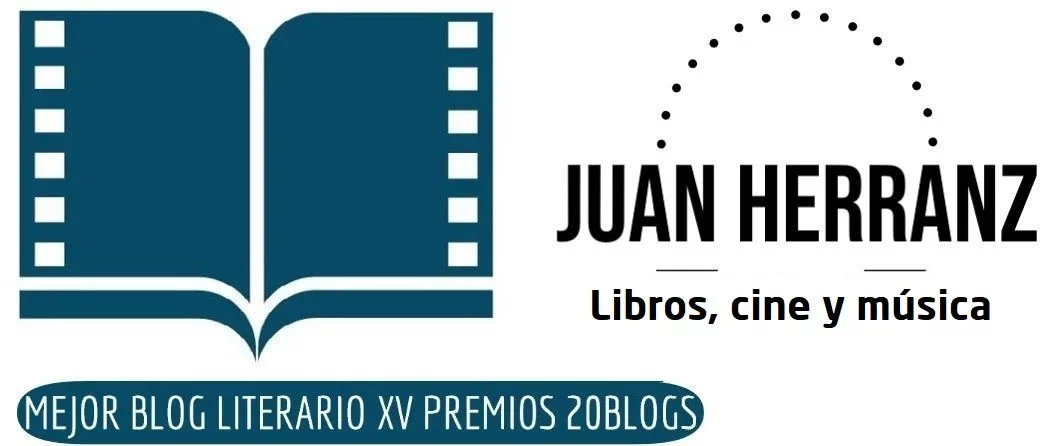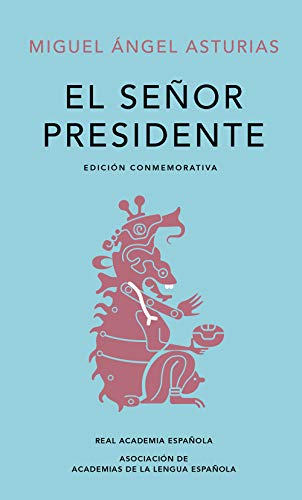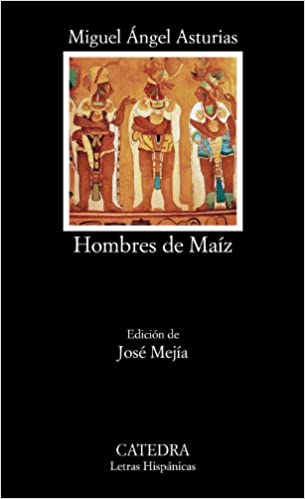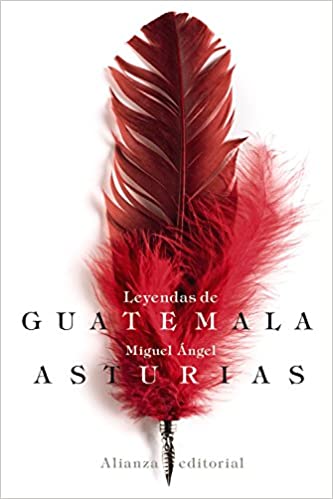Like every child of a neighbor, in a twentieth century plagued by authoritarianism from Central America to Tierra de Fuego, the Guatemalan writer Miguel Angel Asturias, imbued his literature with that intrahistory that narrates the future of the town. Not as an abstract entity that good dictators precisely pull to unify thought, it was in any case the detail, the part for the whole, the example and the metaphor to discover the scope of such social alienations.
But not only from social criticism does the good storyteller live. Beyond that chronic aspect where to overturn social concerns, Miguel Ángel Asturias also probed shocking avant-gardes in his time such as that surrealism where everything was possible. Thus a fantastic notion flies over his works to end up impregnating with greater certainty an existence also rocked by that dreamlike point of estrangement that reality offers.
Undoubtedly a benchmark for that Latin American labeling of later narrators. Authors straddling the twentieth and twenty-first centuries such as Sergio Ramirez o Vargas Llosa that they could be inspired by him to continue that legacy of a story on the other side of the Atlantic that arrived with the intensity of an America in cultural transformation in the first instance as a motor and social as a term.
Top 3 recommended novels by Miguel Ángel Asturias
Mr. President
Under the sinister shadow of authoritarian power a people alienated from their conscience shelters. The trick is always the same, the establishment of fear and the myth of the leader of the day. Insubordination attempts are always mercilessly appeased. Only culture can regain that common thrust, ignite the spark of change.
Written between 1920 and 1933 and published in 1946, Mr. President is one of the greatest exponents of the so-called «novel of the dictator» in which other fundamental works such as I the Supreme, from Roa Bastos, Tyrant Banderas, de Valle-Inclan, The autumn of the patriarch, de Gabriel García Márquez, or more recently, The party of the goat, scored by Mario Vargas Llosa when we have the information. In it, Asturias is inspired by the last government of Manuel Estrada Cabrera, in Guatemala, to explore the mechanisms that make a political dictatorship work, as well as its effects on society.
Narrated from different points of view that indirectly shape the figure of the President, this novel is one of the most notable antecedents of the tree Latin American and magical realism, whose greatest exponent is García Márquez.
Its declared condemnation of injustices and tyranny earned it to be censored and banned for thirteen years, while, in contrast, its stylistic richness and the originality of its narrative structure made it one of the novels that most influenced an entire generation of authors from Latin America. Adapted to film and theater, and translated into the main languages, the novel was very well received at the time of its publication by critics and readers alike.
Corn men
The power capable of overriding conscience is not only exercised by powerful dictators. Today we have better examples of how the masses can be controlled in a more sibylline way, under slogans of happiness and common good that are diluted in practice like a placebo capable of convincing us that there is no evil ... There are timeless issues in terms of forms in which we are subjected ...
Men of Corn constitutes an incisive denunciation of the devastating effects that capitalism and large international companies had on the customs, ancestral beliefs, depersonalization and insecurity of the Guatemalan peasants.
The unknown ancestral memory was, thanks to his work, incorporated into the artistic adventure and gave the role of protagonists of fiction to the disinherited in history. The ancient stories of Quiché relate that, at the dawn of the world, the gods failed several times in their endeavor to create man, until they found the right substance to form the ultimate creature: corn.
From the title itself, this work proclaims its affiliation with the Indians of Guatemala, but the corn men that populate its pages are the descendants of those who survived the Conquest, went through various catastrophes in Guatemalan history and reached the time when Asturias recreated them in the first half of the XNUMXth century.
Legends of Guatemala
Perhaps the legendary fact made idiosyncrasy brings us closer to the atavistic human being, subjected by the imagination to the point of morality. But sometimes the effort to annul these cultural totems is discovered as an even more pernicious and perfectly orchestrated will towards more malicious and bossy interests.
The interest of Miguel Ángel Asturias (1899-1974) in the autochthonous cultures of Central America as a subject of study and research finds its literary transposition in "Leyendas de Guatemala" (1930), a chronicle of fantastic prodigies in which the mythical legends of the Mayan-Quiché people merge with the traditions of the Guatemalan colonial past and the indigenous cities of Tikal and Copán merge with Santiago and Antigua, founded by the Spanish. The battle between the spirits of the earth and the divine spirits is narrated by the evocative and exuberant prose of the 1967 Nobel Prize for Literature, filled with dazzling imagery.
The Legends of Guatemala constitute a world of revelations, half myth, half truth. Work to be read aloud, its open spirit makes us perceive the poetic sound of the wonderful musical cadence that its paragraphs give off, in which it offers the reader a comprehensive knowledge of the traditions and myths of pre-Hispanic, colonial and contemporary America. As a whole, the argument of the legends raises the cultural conflict that involves the American man in constant struggle with the forces of nature and the myths that he himself creates to interpret the meaning of destiny.



